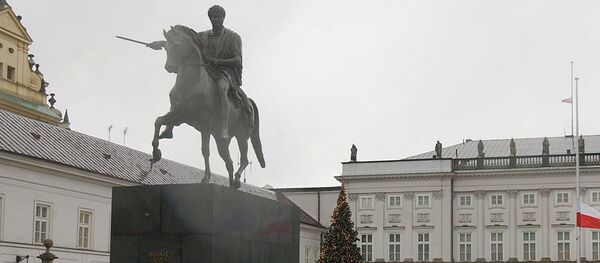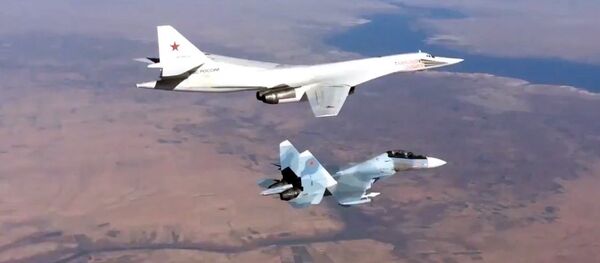After Washington bombed Yugoslavia into submission in 1999, NATO launched an all-out advance in Central Asia and the Middle East under the pretext of a "war on terror" and "democracy promotion."
"The US quest for domination did not stop in 'former Yugoslavia'. After 9/11 in 2001 the US and NATO invaded Afghanistan, though the Afghan Taliban government had nothing to do with the terrorist attacks in the United States. To this day the war in Afghanistan goes on and none too well for the United States. No wonder Afghanistan is called 'the graveyard of empires'," Professor Michael Jabara Carley of the University of Montreal writes in a second part of his essay "NATO: Who's the Aggressor?" for Strategic Culture Foundation.
"Hundreds of thousands of civilians died because of the US invasion or because of prior stringent economic sanctions," the Canadian academic underscores.
As it turned out later, there were no WMDs in the country. Washington's assertions that the objective was to bring democracy to Iraq sounded unconvincing. Indeed, NATO's "airstrike democracy" has borne its fruit: the country lies in ruins struck by continued war and misery.
"In 2011 it was the turn of Libya, a rich, independent country, led by Muammar Gaddafi, who for the previous eight years had maintained constructive relations with the West," the professor continues.
The pretext was as flawed as usual. NATO member states accused Gaddafi of attacking the civilian population of the country and sided with Islamist opposition against the Libyan leader.
"The then US Secretary of State, Hillary Clinton, like some ancient tribal barbarian (no offence intended to the latter) gloated and sneered over images of Gaddafi's bloody corpse," the Canadian academic remarks.
But NATO violence did not end there. The "Empire of Chaos," as journalist Pepe Escobar wittily labeled the United States, continued its "triumphant march" across the MENA (Middle East and North Africa) region.
"Encouraged by their 'success' in Libya, the United States and some of its NATO 'allies', notably France, Britain and Turkey, turned their sights on Syria and its leader Bashar al Assad," according to Professor Carley.
Needless to say, Syria now lies in ruins just like Afghanistan, Iraq and Libya. Remarkably, like in "the good old days," Washington and major NATO states have allied themselves with Muslim fundamentalists, including Jaish al-Fatah, Ahrar ash-Sham, al-Nusra Front and even Daesh.
Simultaneously Washington fomented a neo-fascist coup in Ukraine in 2014 aimed at disrupting Russia's attempts to solve the Syrian crisis through diplomatic measures.
"What is one to conclude about the conduct of the United States and NATO since 1991?" Professor Carley asks, "In what way can NATO now be described as a 'defensive' alliance?"
What lay beneath Washington's unwillingness to dissolve NATO after the fall of the USSR?
The truth of the matter is that the US has never been intended to dismantle the Alliance. Washington regards NATO as a political tool to coerce its competitors and partners into submission while pursuing unchallenged global dominance.
"Since 1991 the United States has become increasingly belligerent and reckless, like Wilhelmine Germany prior to World War I, but far more dangerous," the Canadian academic stresses.
Observing these developments Russian President Vladimir Putin has become a genuine truth-teller, challenging Washington's flawed and distorted narrative.
It is not too late for Europe to choose the right side, the academic notes.
"Russia wants to be part of Europe, not against Europe. It's a formidable country with formidable people, who would be strong allies in the tough fight which we now face against Daesh. Just remember what the Soviet people did during the Great Patriotic War," Professor Carley underscores.




